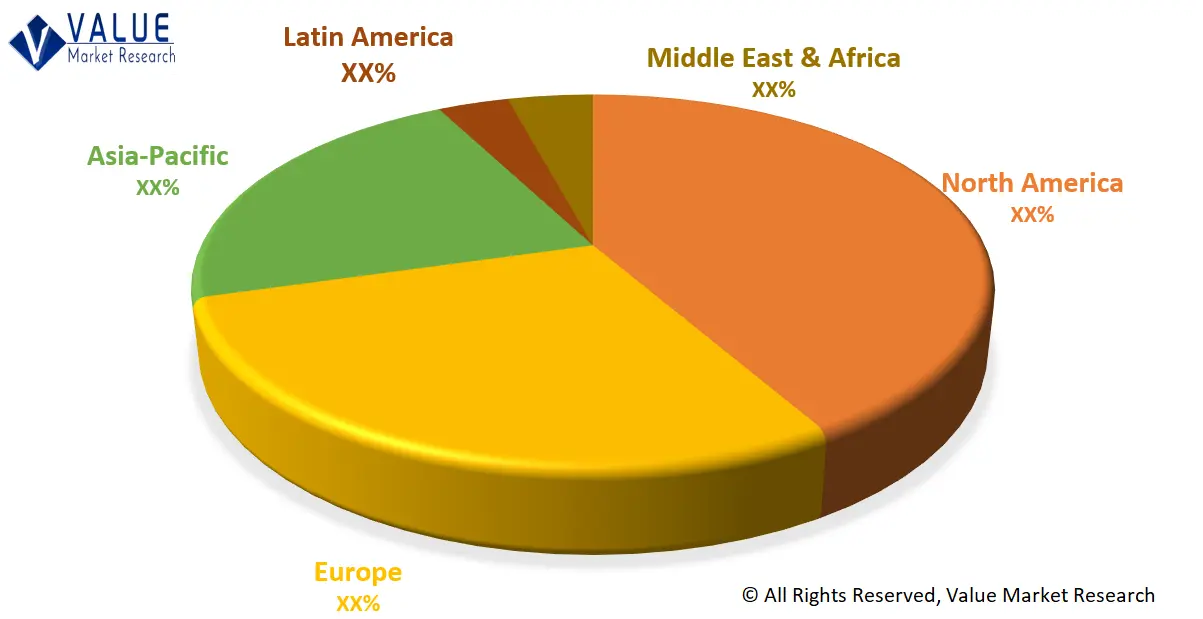The global demand for Displays Market is presumed to reach the market size of nearly USD 221.46 BN by 2030 from USD 152.19 BN in 2022 with a CAGR of 4.8% under the study period 2023 - 2030.
Displays are electronic devices or screens that present visual information to users. They come in various forms and technologies, each designed for specific applications and purposes.
Market Dynamics
The display market is experiencing robust growth, shaped by a convergence of factors that collectively drive demand for innovative and high-quality visual technology. At the forefront of this expansion is the consumer electronics industry, which continuously demands more advanced displays for devices like smartphones, tablets, laptops, and televisions. Ongoing technological advancements, including flexible displays and high-resolution screens, further fuel consumer interest and stimulate market growth. They play pivotal roles in various industries, such as healthcare, automotive, and retail, enhancing user experiences and operational efficiency. The gaming and entertainment sector depends on displays for immersive experiences, contributing to the demand for high-quality gaming monitors, VR headsets, and ultra-high-definition TVs. The rise of smart homes and IoT necessitates them in home automation, security systems, and other connected devices. Automotive displays, including those used for navigation, infotainment, and safety features, also contribute to market expansion. Global trends, economic growth, energy efficiency considerations, and the adoption of AR and VR technologies play their part in driving this market forward. Furthermore, its demand in education, healthcare, government, and defense sectors demonstrates the market's versatility and adaptability to various industries and applications.
The research report covers Porter’s Five Forces Model, Market Attractiveness Analysis, and Value Chain analysis. These tools help to get a clear picture of the industry’s structure and evaluate the competition attractiveness at a global level. Additionally, these tools also give an inclusive assessment of each segment in the global market of displays. The growth and trends of displays industry provide a holistic approach to this study.
Market Segmentation
This section of the displays market report provides detailed data on the segments at country and regional level, thereby assisting the strategist in identifying the target demographics for the respective product or services with the upcoming opportunities.
By Display Technology
- LCD
- OLED
- Micro-LED
- Direct-View LED
- Quantum Dot Displays (QD Displays)
- Others
By Panel Size
- Microdisplays
- Small & Medium-Sized Panels
- Large Panels
By Product Type
- Smartphones
- Television Sets
- Monitors & Laptops
- Digital Signage & Large Format Displays
- Automotive Dsiplays
- Tablets
- Smart Wearables
- Others
By Vertical
- Consumer Electronics
- Automotive
- Sports & Entertainment
- Transportation
- Retail, Hospitality & Bfsi Industrial & Enterprise
- Education
- Helathcare
- Aerospace & Defense
- Others
Regional Analysis
This section covers the regional outlook, which accentuates current and future demand for the Displays market across North America, Europe, Asia-Pacific, Latin America, and Middle East & Africa. Further, the report focuses on demand, estimation, and forecast for individual application segments across all the prominent regions.
Global Displays Market Share by Region (Representative Graph)

The research report also covers the comprehensive profiles of the key players in the market and an in-depth view of the competitive landscape worldwide. The major players in the Displays market include Samsung Electronics Co. Ltd. (South Korea), BOE Technology Group Co. Ltd. (China), LG Display Co. Ltd. (South Korea), AUO Corporation (Taiwan), and Innolux Corporation (Taiwan). This section consists of a holistic view of the competitive landscape that includes various strategic developments such as key mergers & acquisitions, future capacities, partnerships, financial overviews, collaborations, new product developments, new product launches, and other developments.
In case you have any custom requirements, do write to us. Our research team can offer a customized report as per your need.

